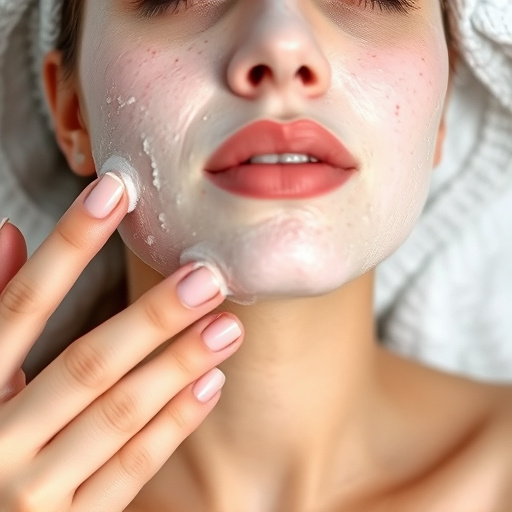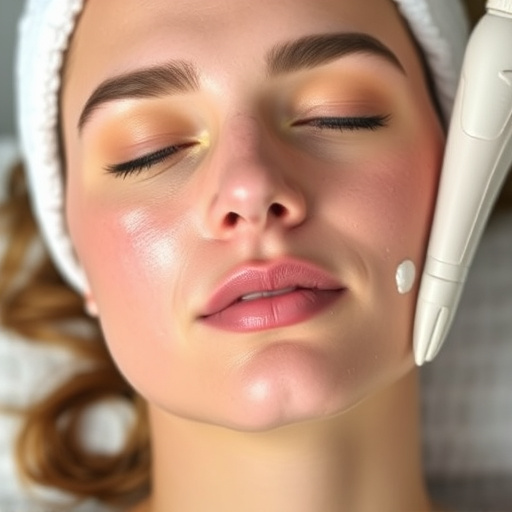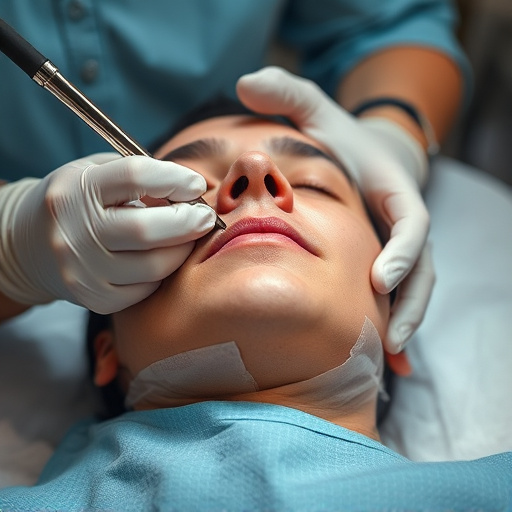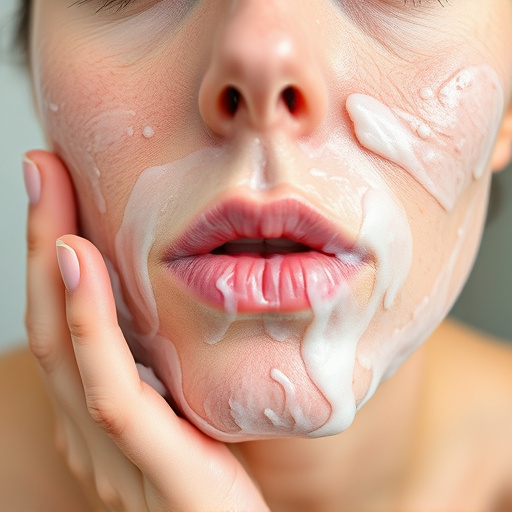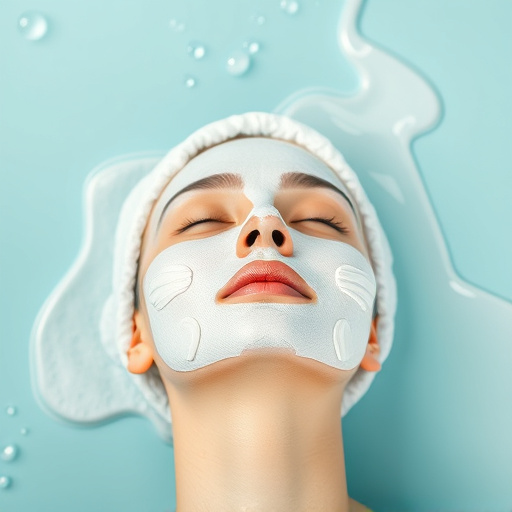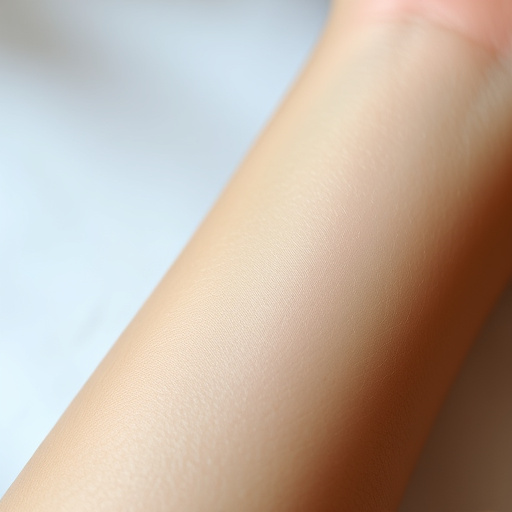A comprehensive skin analysis recognizes environmental factors like sunlight, pollution, temperature, and humidity as key influencers of skin health and appearance. These factors cause conditions like eczema, rosacea, and sun-induced aging, requiring treatments such as microneedling or anti-aging regimens. Mitigating air quality and climate impacts through this analysis enhances skincare routines and procedures like laser hair removal, making holistic skin care integrated and effective.
“Uncover the intricate relationship between our environment and skin health with this in-depth exploration. In a comprehensive skin analysis, environmental factors play a pivotal role, shaping the skin’s appearance and condition. From air quality to climate, these elements can cause subtle yet significant changes. This article delves into how understanding skin’s response to the world around us allows for personalized care. By examining these influences, we gain valuable insights, ensuring optimal skin health and revealing the unseen impacts of our surroundings.”
- Understanding Skin's Response to Environment
- Unveiling Invisible Impacts: Air Quality and Skin
- The Role of Climate in Comprehensive Skin Analysis
Understanding Skin's Response to Environment

The skin is our body’s largest organ, and it’s constantly interacting with various environmental factors that can significantly impact its health and appearance. A comprehensive skin analysis goes beyond surface-level inspection to unravel these intricate connections. By understanding how the environment influences skin conditions, dermatologists and skincare experts can provide tailored solutions for optimal skin care.
Exposure to elements like sunlight, pollution, temperature extremes, and even humidity can trigger specific responses in the skin. For instance, sun damage is a prevalent issue, leading to aging concerns and hyperpigmentation. Conversely, cold weather may cause dryness and flakiness. These environmental cues can accelerate skin aging processes, making early detection through comprehensive skin analysis crucial. Additionally, certain conditions like eczema and rosacea are often exacerbated by external factors, requiring specialized treatments such as microneedling therapy or targeted anti-aging treatments for effective management. Even skin brightening regimens can be optimized by addressing the underlying causes influenced by environmental stressors.
Unveiling Invisible Impacts: Air Quality and Skin

In a comprehensive skin analysis, understanding environmental factors is key to revealing invisible impacts on our skin’s health. The air we breathe plays a significant role in our skin’s appearance and condition. Air pollution, a ubiquitous modern-day issue, can contribute to various skin concerns. Fine particulate matter, often present in urban areas, can penetrate the skin, leading to inflammation and premature aging. This is particularly evident in the increase of acne treatments sought by individuals exposed to high pollution levels.
Additionally, air quality affects skin hydration and barrier function. Pollutants can disrupt the skin’s natural moisture balance, making it more susceptible to dryness and irritation. As a result, many seek specialized medical spa services tailored to address these environmental-related skin issues. Even laser hair removal procedures can be influenced by air quality, as optimal results require healthy, untainted skin. Thus, a holistic approach to skincare incorporates understanding and mitigating the impact of local air quality in a comprehensive skin analysis.
The Role of Climate in Comprehensive Skin Analysis

The climate plays a pivotal role in shaping the skin’s health and appearance, making it an integral component of any comprehensive skin analysis. Different climates offer distinct environmental conditions that can either benefit or challenge the skin. For instance, regions with high humidity levels may contribute to increased sebum production, which can impact skin texture and clarity. Conversely, dry climates can lead to dehydration, causing skin dryness and potential wrinkles. Understanding these climate-related factors is crucial for developing tailored skincare routines and treatments.
In comprehensive skin analysis, professionals consider how weather patterns influence the skin’s behavior. This includes assessing sun exposure, temperature changes, and wind patterns, as they all contribute to various skin concerns. For example, prolonged sun exposure without protection can accelerate skin aging, leading to premature wrinkles and age spots. Recognizing these environmental influences empowers individuals to take proactive measures, such as using sunscreen daily or considering treatments like chemical peels and body contouring, to counteract the effects and promote healthy, radiant skin.
Environmental factors play a significant role in shaping our skin’s health and appearance, as evidenced by the insights gained from comprehensive skin analysis. By understanding how air quality, climate, and other elements impact skin, we can develop more effective skincare routines tailored to individual needs. This holistic approach recognizes that skin care isn’t just about surface-level treatments; it’s deeply connected to our surrounding environment, making it crucial to consider these factors for long-lasting skin health.








